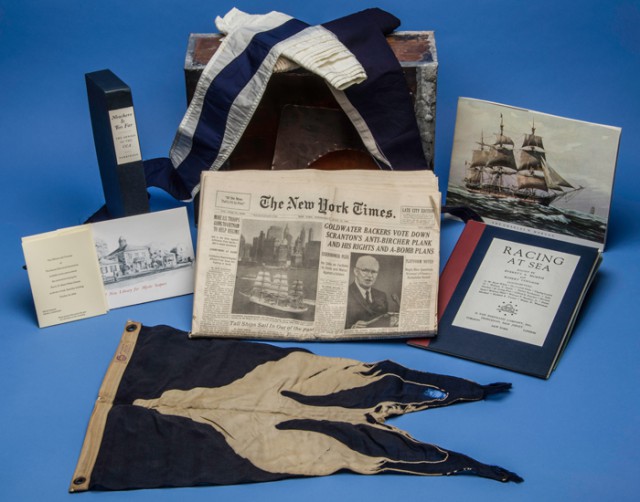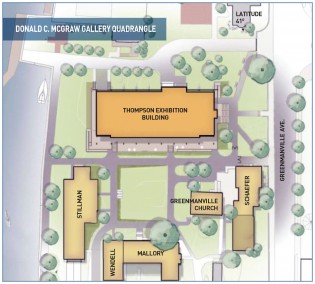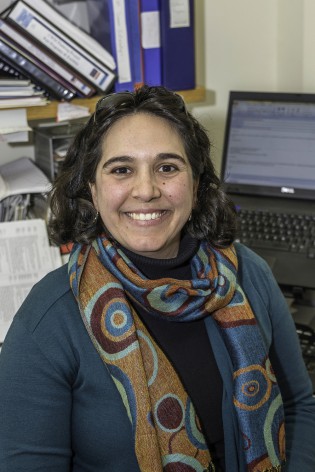Mystic Seaport announced today that it has been awarded a $199,806 grant by the National Park Service, in partnership with the Maritime Administration (MARAD), to support the restoration of its 1908 steamboat Sabino. The grant is part of approximately $2.6 million in Maritime Heritage Program grants for projects that teach about and preserve sites and objects related to our nation’s maritime history.
“Mystic Seaport is pleased to be among the thirty-five grantees of the 2015 Maritime Heritage Grant Program. The Museum strongly supports continuation and expansion of this important grant program to help citizens throughout the United States to understand our nation’s unique relationship to the sea,” said Steve White, president of Mystic Seaport.
The 57-foot Sabino was built in East Boothbay, ME in 1908 and served for many decades in the state’s coastal waters before coming to Mystic Seaport in the early 1970s. The boat has been designated a National Historic Landmark vessel and offers seasonal cruises on the Mystic River from the Mystic Seaport waterfront. Sabino is presently undergoing an extensive restoration of her hull and mechanical systems in the Museum’s Henry B. duPont Preservation Shipyard.
“Mystic Seaport is one of the nation’s premier maritime history museums— a true Connecticut gem. This $200,000 Maritime Heritage Grant will help restore the steamboat Sabino—the last remaining wooden, coal-fired steamboat in regular operation nationwide today and one of the Museum’s prized historic vessels. This grant—which the Museum will leverage with private dollars—will ensure that generations to come may continue to learn from and marvel at this unique piece of history,” said Sen. Richard Blumenthal (D-CT).
National Maritime Heritage Grant awards are made possible through a partnership between the two federal agencies that share a commitment to maritime heritage preservation and education. Funding is provided by the Maritime Administration through the recycling of vessels from the National Defense Reserve Fleet. The preservation grants range from $50,000 to $200,000.
“Mystic Seaport is one of the things that makes Connecticut so special and I’m glad the Maritime Administration and National Park Service are fully behind what they’re doing”, said Sen. Chris Murphy (D-CT). “This $200,000 grant will go a long way to help the Museum remain a must-see for New England families, parents, and children alike. I, for one, can’t wait to take my boys to see the Sabino once it’s fully restored.”
“I am pleased to see Mystic Seaport selected as a grant recipient under the MARAD Maritime Heritage Program, for which I have long advocated,” said Rep. Joe Courtney (D-CT 2nd). “This grant will help Mystic Seaport, a regional treasure, preserve a unique part of our state’s maritime history for future generations. I look forward to seeing the excellent work the Mystic team will do to restore the Sabino as a result of this funding.”
Other recipients of program grants include the USS Constitution Museum, Philadelphia’s Independence Seaport Museum for critical work on the cruiser USS Olympia, the Mariners Museum for artifact conservation and outreach for the USS Monitor, New York City’s Intrepid Museum Foundation for the submarine USS Growler, Maryland’s Living Classroom Foundation to rehabilitate the rigging of the USS Constellation, and the New Bedford Whaling Museum for conservation of the Purrington-Russell Panorama painting.





